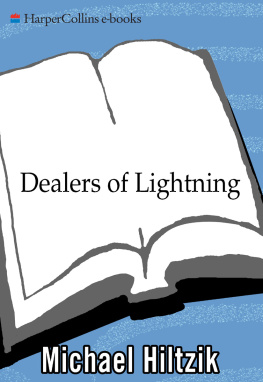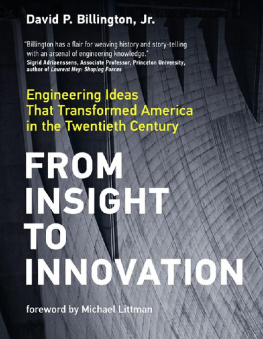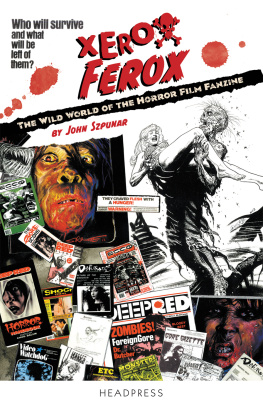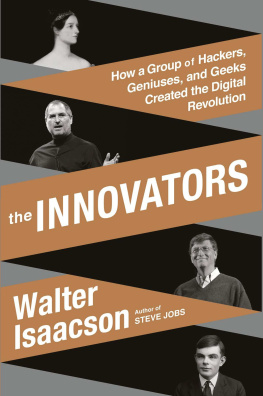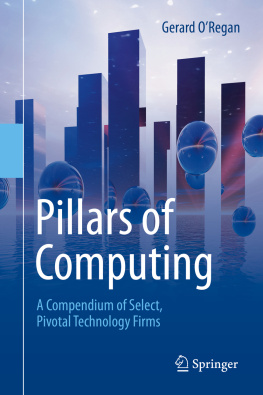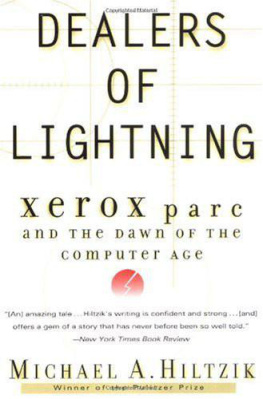Xerox Corporation. Palo Alto Research Center - Dealers of lightning: Xerox PARC and the dawn of the computer age
Here you can read online Xerox Corporation. Palo Alto Research Center - Dealers of lightning: Xerox PARC and the dawn of the computer age full text of the book (entire story) in english for free. Download pdf and epub, get meaning, cover and reviews about this ebook. City: New York;NY;Pymble;NSW;California;Palo Alto, year: 2009;1999, publisher: HarperCollins e-books, genre: Detective and thriller. Description of the work, (preface) as well as reviews are available. Best literature library LitArk.com created for fans of good reading and offers a wide selection of genres:
Romance novel
Science fiction
Adventure
Detective
Science
History
Home and family
Prose
Art
Politics
Computer
Non-fiction
Religion
Business
Children
Humor
Choose a favorite category and find really read worthwhile books. Enjoy immersion in the world of imagination, feel the emotions of the characters or learn something new for yourself, make an fascinating discovery.
- Book:Dealers of lightning: Xerox PARC and the dawn of the computer age
- Author:
- Publisher:HarperCollins e-books
- Genre:
- Year:2009;1999
- City:New York;NY;Pymble;NSW;California;Palo Alto
- Rating:3 / 5
- Favourites:Add to favourites
- Your mark:
Dealers of lightning: Xerox PARC and the dawn of the computer age: summary, description and annotation
We offer to read an annotation, description, summary or preface (depends on what the author of the book "Dealers of lightning: Xerox PARC and the dawn of the computer age" wrote himself). If you haven't found the necessary information about the book — write in the comments, we will try to find it.
In the bestselling tradition of The Soul of a New Machine, Dealers of Lightning is a fascinating journey of intellectual creation. In the 1970s and 80s, Xerox Corporation brought together a brain-trust of engineering geniuses, a group of computer eccentrics dubbed PARC. This brilliant group created several monumental innovations that triggered a technological revolution, including the first personal computer, the laser printer, and the graphical interface (one of the main precursors of the Internet), only to see these breakthroughs rejected by the corporation. Yet, instead of giving up, these determined inventors turned their ideas into empires that radically altered contemporary life and changed the world.
Based on extensive interviews with the scientists, engineers, administrators, and executives who lived the story, this riveting chronicle details PARCs humble beginnings through its triumph as a hothouse for ideas, and shows why Xerox was never able to grasp, and...
Xerox Corporation. Palo Alto Research Center: author's other books
Who wrote Dealers of lightning: Xerox PARC and the dawn of the computer age? Find out the surname, the name of the author of the book and a list of all author's works by series.

